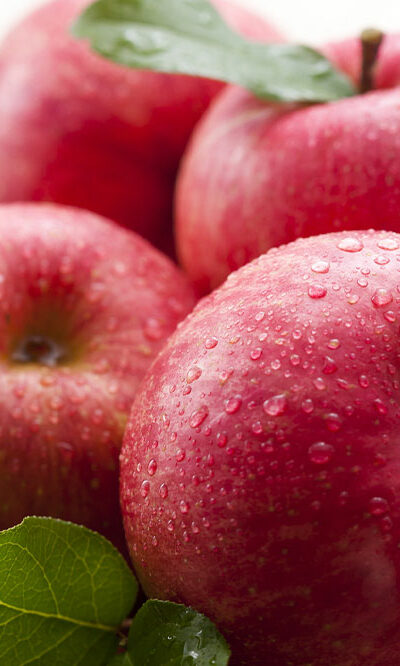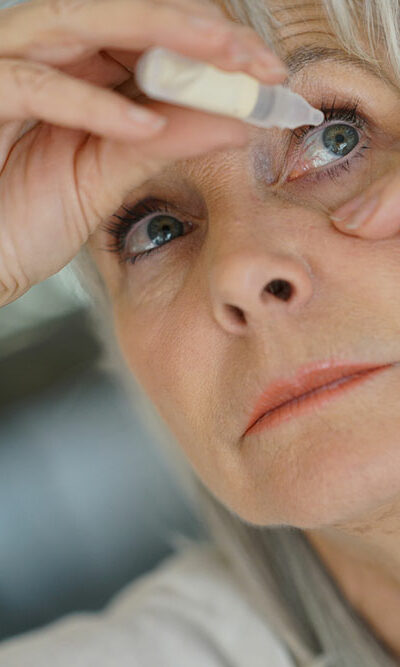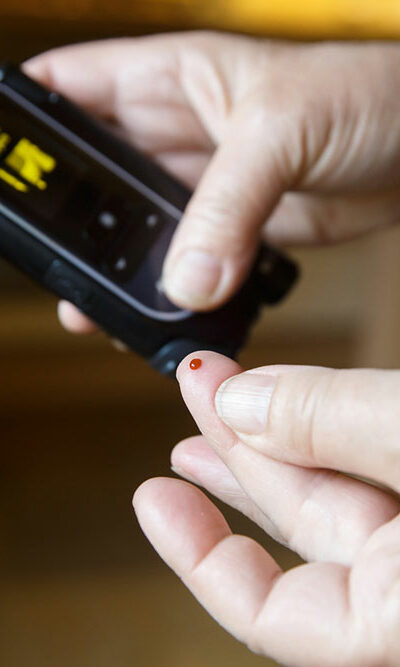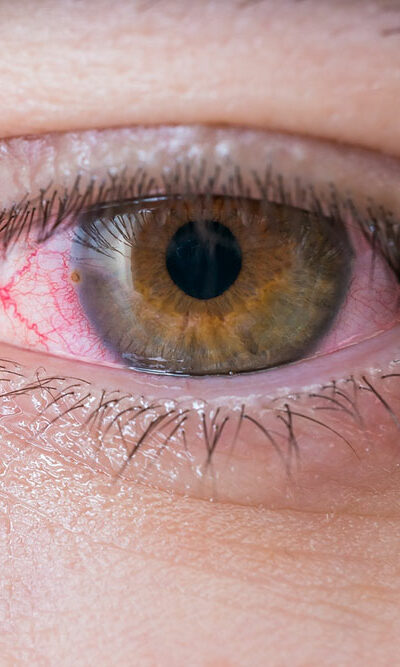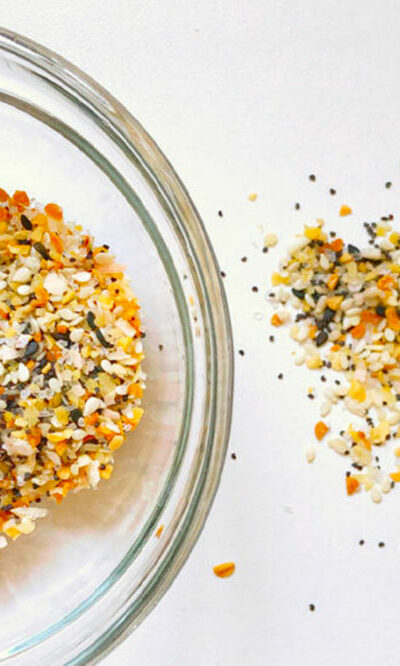
6 herbs and spices for managing cancer symptoms
Also called the emperor of maladies, cancer affects nearly 1 million people in the country. It is also the second leading cause of death globally, heart disease being the leading cause. Most of the time, cancer affects those people whose family has a history of cancer. Genes carrying cancer-triggering cells are passed down from one generation to the next. In other cases, prolonged exposure to radiation or toxic substances can chemically induce cancer. This exposure can be a result of occupational hazards, lifestyle choices such as smoking, or due to radiation therapy. Cancer can be of many types. We have listed 4 types of cancers below: Carcinoma is a type of cancer that mainly affects the epithelial tissue lining that covers most organs and the internal pathways and forms the skin layer. Major organs at risk include the esophagus, lungs, stomach, breast, pancreas, colon, rectum, and gland cells. Sarcomas mainly affect the bones and soft connective tissues in the body. There are over 70 different types of sarcomas that mainly affect the muscles, blood vessels, nerves, tendons, fat deposits, and also the lining of the joints. Leukemia is not a single cancer but a broad category of cancers that affect blood cells. Leukemia can either be acute or chronic, depending on whether white or red blood cells are affected and cancer’s progression. Lymphoma, on the other hand, develops and affects the lymphatic system of the body that stores and transports white blood cells to fight infections. Lymphoma is primarily classified as Hodgkin’s, where cancer spreads from one lymph node to the other, and non-Hodgkin’s, where cancer can randomly affect any part of the lymphatic system. In all of these cases, cancer prevention is very difficult unless all the risk factors are eliminated. But, more often than not, this is practically quite difficult.

